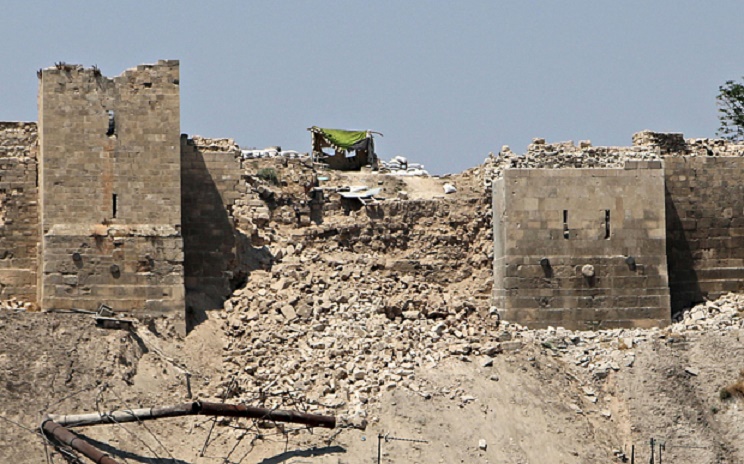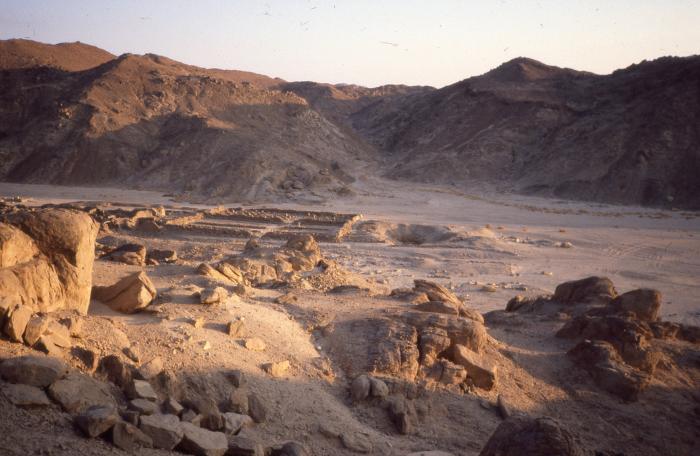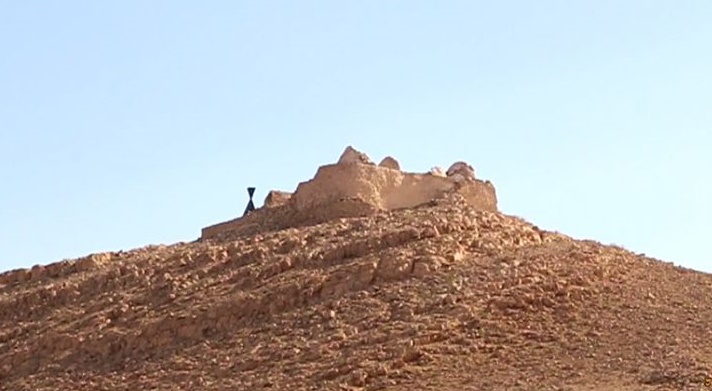Sew La Ti Embroidery:
Near East
Near East: Restoration work to begin at historic Genoese castle

Near East: Blast in Aleppo does major damage to citadel wall

Near East: UNESCO slams Israeli digs in East Jerusalem

Near East: Wind power plant to be built on ancient necropolis

Near East: Byzantine church in Turkey for sale on Internet

Near East: Ephesus added to UNESCO World Heritage list

Israel: Ancient Jewish necropolis named World Heritage Site

Heritage: Section of Tuthmosis column returned to Egypt

Syria: Turkey not returning smuggled artefacts to Syria

Near East: UNESCO condemns destruction at Palmyra

Heritage: Egypt's Mons Claudianus to become open-air museum

Near East: ISIS smashes priceless Palmyra artefacts

Near East: UNESCO to monitor ancient sites by satellite

Near East: Islamic State blows up two mausoleums in Palmyra

Near East: Islamic State plant explosives at ancient Palmyra

Near East: Famed Syria mosaic museum damaged in barrel bombing

Near East: Countdown starts for UNESCO in Ephesus

Heritage: Egypt halts sale of ancient statue in Germany

Heritage: Suicide bomber strikes near temple of Karnak in Luxor

Near East: Ancient harbour to be recreated in western Turkey
